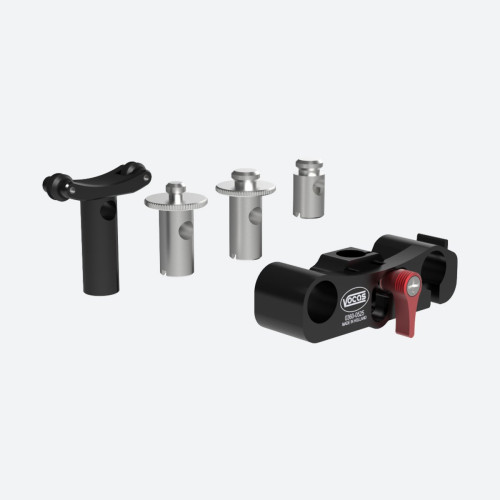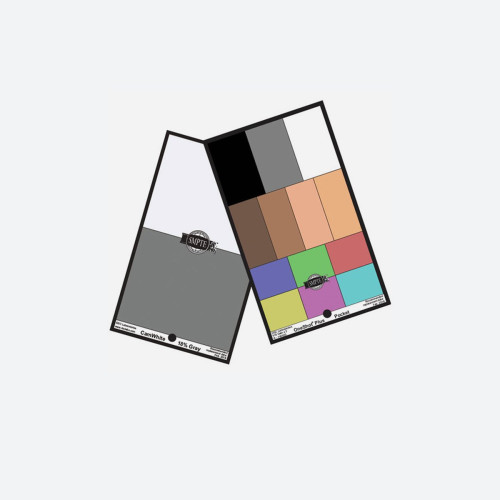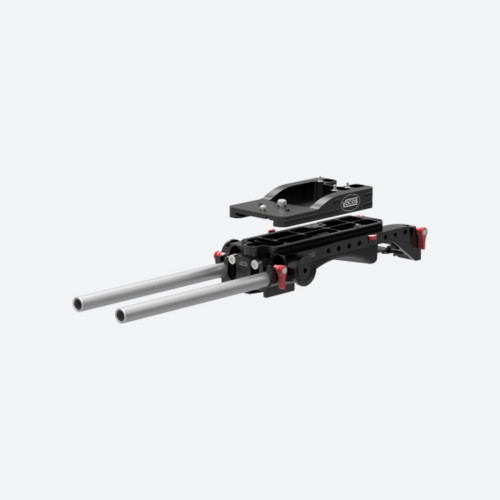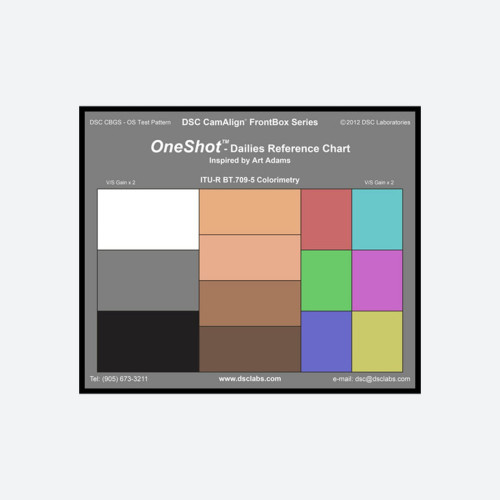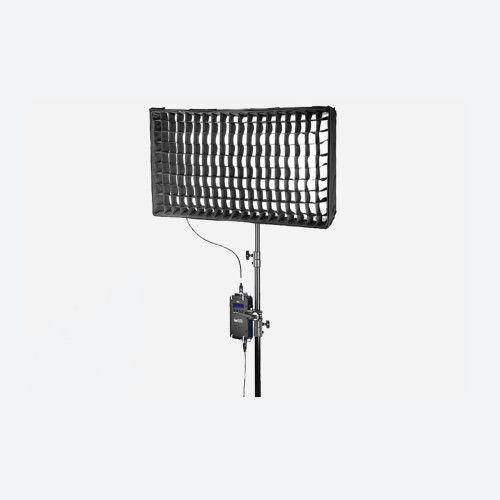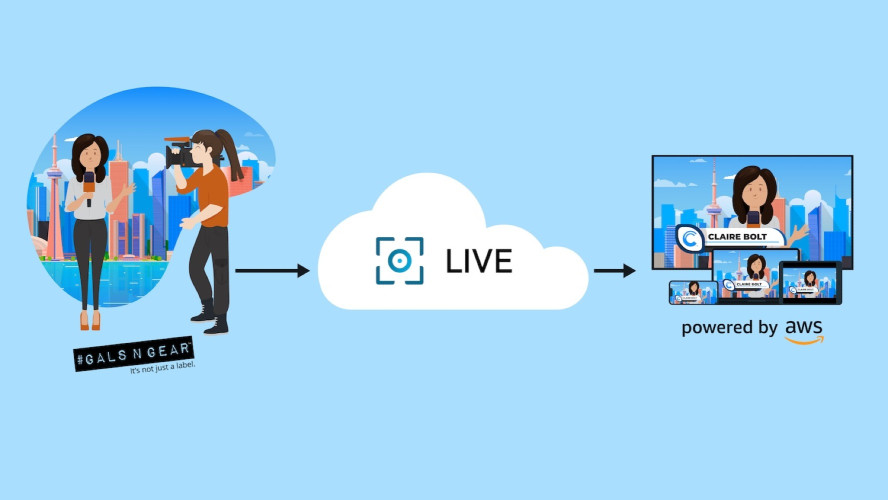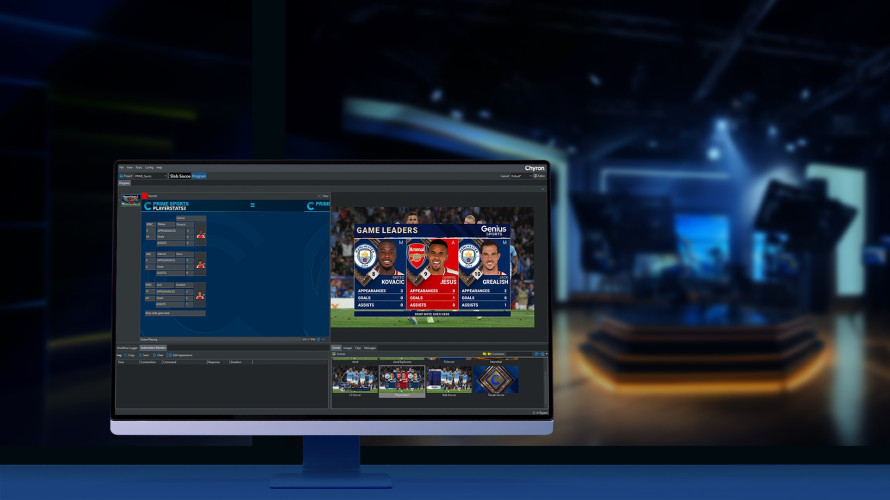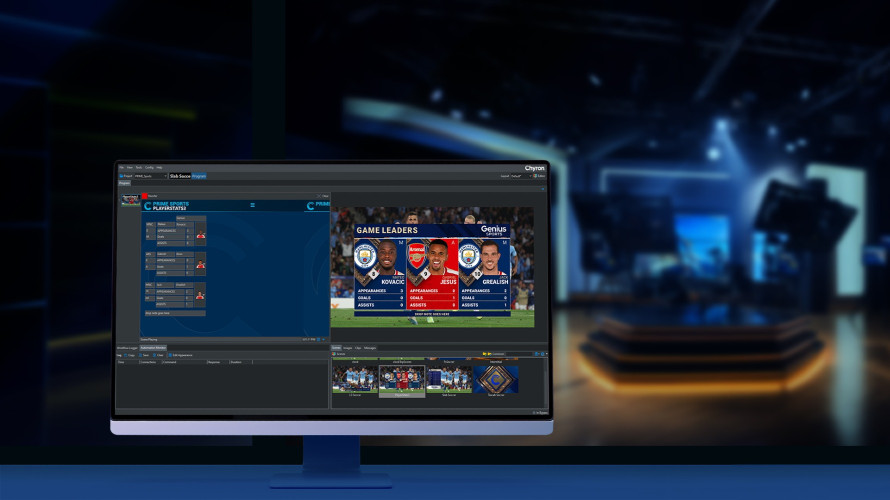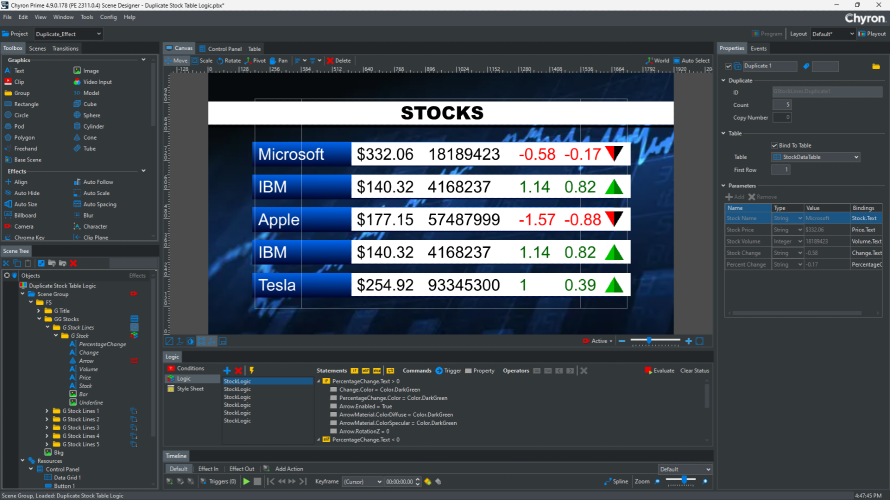by Jesper Gawell Issue 96 - December 2014
It seems like 4K is everywhere these days - it\'s the dominant topic at broadcasting trade shows. Is there substance behind the hype? Will it transform television the way HD broadcasting did?
Clearly, one of the "next big things\" in the media and entertainment world is higher resolutions and 4K delivery on Ultra HD (UHD) televisions, digital cinema, and streaming video. Only a few short years ago the industry was focused on the digital transition and migrating from SD to HD operations, followed by a sidestep in which the industry adopted 3D stereoscopic technologies. And now, one of the biggest challenges for today\'s media operations and post houses is adapting their infrastructures to accommodate the increased bandwidth required by 4K formats and beyond.
To some, 4K is viewed as the next 3D; in other words, it\'s a shooting star whose hype will probably outshine its lasting impact. At ChyronHego, we\'ve been in business long enough to know when an emerging technology trend has legs, and we\'re convinced that 4K will become a new broadcasting standard to replace HD.
What do you believe are the biggest challenges broadcasters face in the transition to 4K, especially with regard to high-res graphics?
Broadcasters\' main challenge will be bandwidth. Since a 4K image or video could require up to four times the bandwidth of HD, stations will need to make fundamental changes in their operations and infrastructure. In the editing suite, for example, the high-bandwidth demands of 4K mean significantly greater requirements for storage and a larger capital outlay, since rendering 4K material will take longer than the same frame shot in HD.
We believe the biggest challenge of 4K graphics readiness is not so much about rendering performance, but rather the impact on the entire broadcast workflow from content creation all the way through to postproduction and playout. It\'s a question of having the networking infrastructure in place to move video and graphical content smoothly through each stage of the workflow.
With new formats such as UHD on the horizon, broadcasters will have to tackle the bandwidth question and readily embrace new compression codecs as they become available. One such standard is High Efficiency Video Compression (HEVC), the successor to today\'s state-of-the-art H.264/MPEG-4 Advanced Video Coding (AVC). HEVC offers strong potential for the next-generation 4K distribution networks that will be required for UHD delivery; in fact, HEVC has already been proven to deliver a bit-rate reduction of up to 50 percent over H.264.
It took HD a decade to catch on. How long do you think it will take for 4K?
As with the SD-to-HD transition, a lot of the push for 4K content is coming from the consumer electronics market. With large technology companies such as Sony, Samsung, and LG creating 4K-ready TV sets, we know consumers will start making the switch. The production and capture side has made some progress with manufacturers such as Black Magic, Aja, Sony, and ARRI now offering 4K camera systems. But the biggest challenge with 4K content still sits between transmission and final distribution.
As a global company, ChyronHego has a good vantage point to watch broadcast markets all over the world - and we believe a full global transition to 4K will be a long one. On one hand, some Asian markets (with Japan and South Korea leading the way) are well on their way to 4K adoptions. On the other hand, there are still many areas that are only now migrating their infrastructures to DTV, with stations that are still broadcasting in SD. In between is a very large segment of stations (including many in Europe and North America) that have been broadcasting in HD for some time and are beginning to look at technologies that will make them 4K-ready or even 4K-proof. Many are quite aware that their viewers are expecting 4K capabilities down the road and will view 4K capabilities as a key differentiator. In fact, 4K capabilities have even begun to creep into some stations\' marketing language, such as touting the ability to produce and capture footage in 4K.
Beyond bandwidth limitations, do you see any other technology barriers to 4K?
From our perspective, it\'s really more about waiting for the industry to catch up and adopt standards and specs for UHD. The 4K industry is still quite immature, but we are starting to see the emergence of some exciting products such as frame buffer cards and other technology for proper 4K 60 p production.
What do these trends mean for ChyronHego and its customers?
At ChyronHego, many of our customers have required higher-than-HD graphics capabilities for some time; for instance, massive video walls in studios or at sporting venues. Therefore, all of our products are well capable of rendering graphics in 4K resolutions and beyond. Many of our products are built on leading-edge graphics technologies such as NVIDIA\'s GPU architecture, which delivers fantastic performance for rendering graphics in 4K and beyond.
We also recognize that we - and our customers - will be dealing with a mixed environment for quite some time. Customers that are only now making the transition from SD to HD need the ability to downscale graphics that were rendered in a higher resolution. By the same token, customers that have begun the migration from HD to 4K need upscale capabilities - and that includes the ability to upscale archived HD and even SD graphics and video that will someday end up in a 4K transmission.
Many of our customers need the ability to work with graphics from any workstation in the newsroom or anywhere in the production facility, which means being able to work with proxies or down-converted content sent over the office network while coping with limitations in the infrastructure. We are also seeing networks adopt a forward-thinking, future-proofing approach and that puts 4K technologies into place now, including the ability to create 4K graphics that they can easily down convert to HD until they\'re ready to broadcast in 4K.
How are you meeting those mixed-resolution requirements?
At ChyronHego, we\'re committed to building flexibility into our products to support any and all of above-mentioned scenarios. We\'re investing a great deal of resources into developing products that are ready and optimized for 4K, but will deliver the highest-quality results in any resolution. With 4K technology, one of our biggest challenges is making sure our users are able to seamlessly work in a mixed resolution environment. The users of our technology are always focused on creating great content. To make our customers\' lives easier, we need to make sure our solutions work independently of the different resolution options, and make it easy to upscale and cross convert content. In order to deal with those challenges, all of our products are able to cross convert seamlessly between all major broadcast standards.
On a high level, what does 4K mean for ChyronHego\'s business?
The migration to 4K, 8K, and resolutions beyond fits right into our product strategy, because we have adopted a resolution-independent stance. In fact, we like to say that ChyronHego products are "XK-ready;\" in other words, just as suitable for rendering 2K or 3K graphics as they are for large video walls and odd screen sizes that might require a much higher resolution than 4K. Wherever the industry goes, we will continue to push the envelope for rendering graphics that are the state of the art, and offer the best performance, in any resolution. For now, optimizing our products to render even faster and better in 4K not only benefits our most technologically advanced broadcasters, but the benefits trickle down to our HD and even SD customers.





